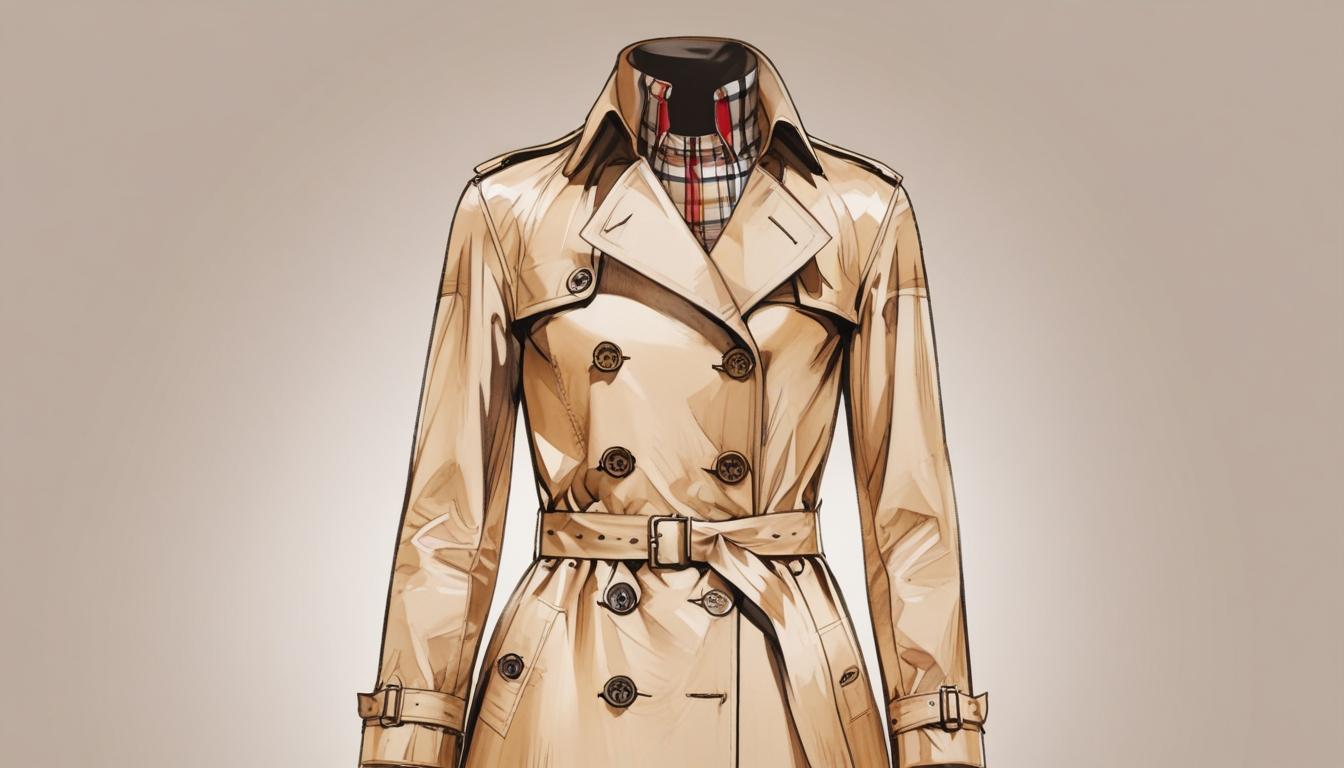Investors are cautiously optimistic that Burberry can successfully navigate its current challenges and restore confidence in its turnaround strategy. The British luxury fashion house, listed on the London Stock Exchange, is preparing to unveil its full-year financial results, which follow a turbulent period marked by trade disruptions and a struggling luxury market, particularly in key regions like the United States and China.
After announcing a strategic £40 million cost-cutting initiative last November, Burberry is projected to report an operating loss of approximately £7 million for the year ending March 2025. Analysts are expecting, however, that the company will achieve an adjusted profit of £11 million. It had previously indicated that its second-half results were set to "broadly offset" the losses incurred during the first half of the fiscal year, with group revenues predicted to reach around £2.5 billion—a significant decline of 12% from the previous year.
The company’s share price has suffered lately, particularly following tariff announcements made by Donald Trump. His imposition of steep tariffs on Chinese exports prompted reciprocal measures from China, raising alarms about the future of trade between the two largest economies. This is especially pertinent for Burberry, which relies heavily on the Asian market, sales in which have already been adversely affected. Significant declines in demand from Chinese consumers, a demographic critical to Burberry's revenue, have been reported, contributing to the downward pressure on sales.
Despite these setbacks, the brand is taking proactive steps to rejuvenate its image and performance. At the start of the year, Burberry reached out to investors, affirming that it was addressing its challenges with "urgency" and noting early signs of recovery in Asia, even if overall sales in the region saw a nearly 10% drop during the third quarter.
CEO Joshua Schulman, who has a track record from leading brands like Coach and Michael Kors, has outlined a strategic pivot focusing on classic offerings, particularly the iconic trench coats and scarves for which Burberry is renowned. This includes adopting a more cautious pricing strategy for bags and shoes, aiming to appeal to a broader customer base while retaining the brand's luxury essence. After a reported 20% decline in revenue during the first half of the financial year, Schulman’s plan has been well-received by the market, with shares seemingly buoyed by optimism for the brand's future trajectory.
The company’s latest festive season performance has also sparked hope, as Burberry reported a smaller-than-expected decline in comparable store sales—only 4%—as opposed to the anticipated 12%. This stronger performance was particularly driven by robust sales in the US market, where interest in the brand's signature products has remained steady. Schulman has stated that the brand's festive campaigns have successfully resonated with consumers, contributing to a renewed interest in Burberry’s classic items.
Looking forward, Burberry remains focused on a sustainable path towards profitability. With ambitious plans to return to £3 billion in annual revenue, the company is keen on honing in on its core products and enhancing the efficiency of its retail operations. Schulman continues to emphasise the importance of maintaining Burberry's heritage while adapting to contemporary market demands.
As Burberry prepares to share more detailed insights into its financial standing and ongoing strategies, the luxury brand is keenly aware that its recovery hinges on overcoming the immediate trials posed by trade uncertainties and a shifting consumer landscape. Investors are hopeful that the upcoming results will provide clarity on how these factors are influencing the company’s path forward and whether it can sustain its momentum amidst ongoing challenges.
Reference Map
- Paragraphs 1, 2, 3
- Paragraphs 2, 5
- Paragraphs 3, 5
- Paragraphs 2, 5
- Paragraphs 4, 5
- Paragraphs 1, 4
Source: Noah Wire Services
